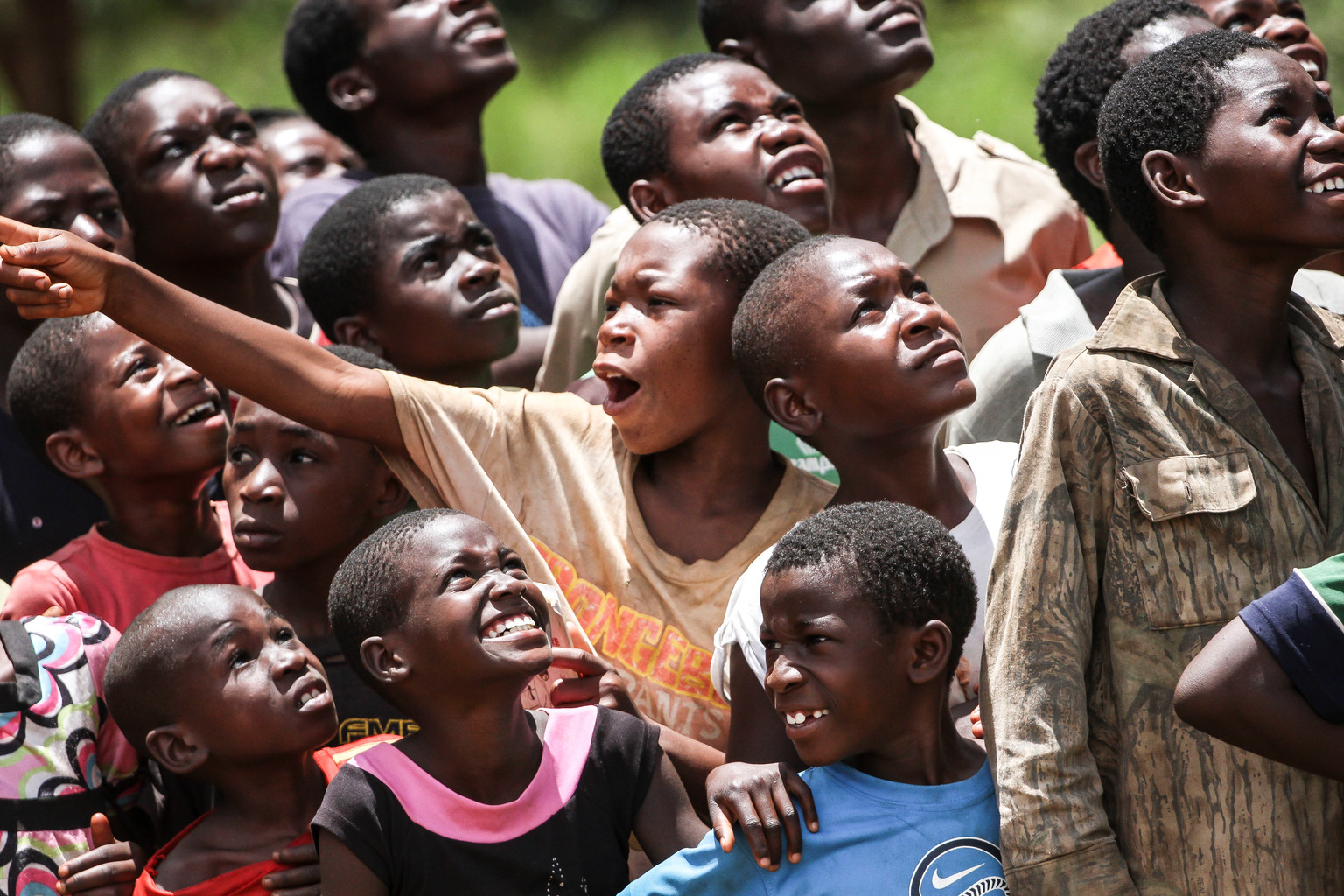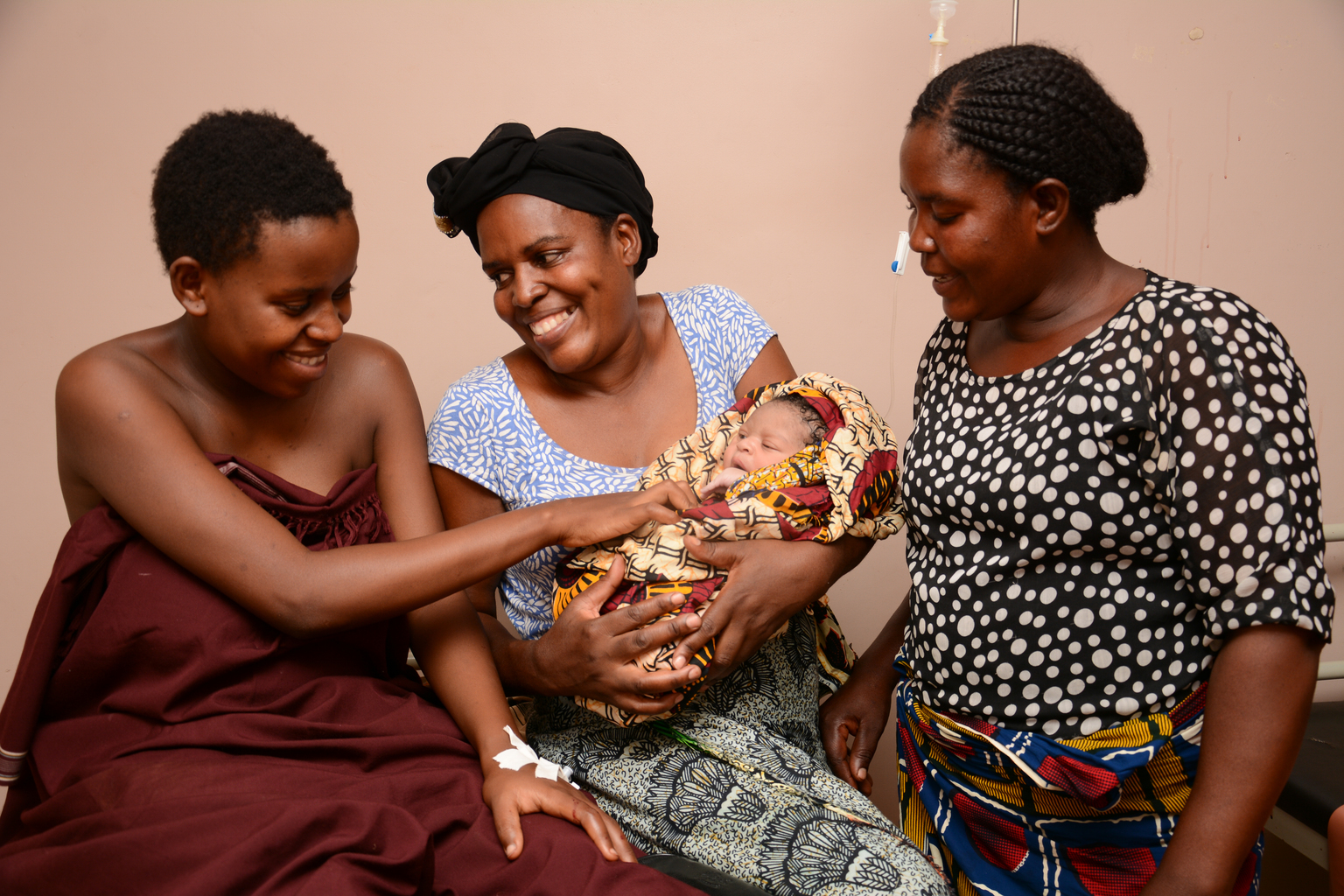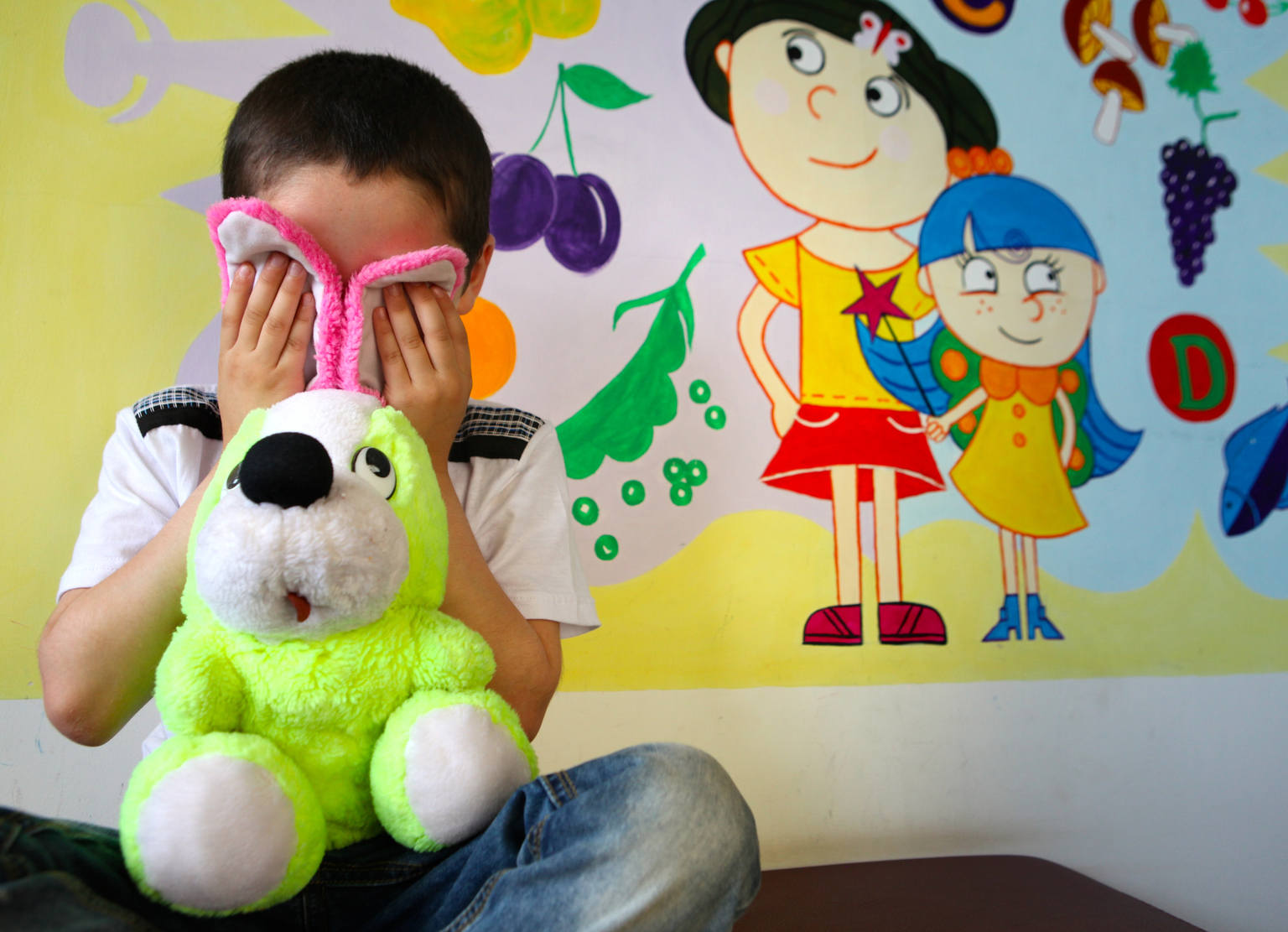UNICEF and childrenandaids.org
Children and AIDS (www.childrenandaids.org) is the online information portal and community for the HIV/AIDS programme of the United Nations Children's Fund (UNICEF). Through technical support, education, advocacy and a range of other efforts, UNICEF seeks to ensure that all infants, children, adolescents and their mothers can access life-saving HIV prevention, treatment, care and support. UNICEF engages country-level partners around the world to make HIV services as widely available as possible, including in remote areas, in fragile states and among marginalized populations.
Today, the majority of pregnant women living with HIV in low- and middle-income countries are receiving treatment to remain healthy and prevent HIV transmission to their babies. In 2020, 85 per cent of women living with HIV received treatment. This represents impressive progress, considering that only 1 per cent received treatment in 2005.
Yet, globally, one million children (0-9) and 1.8 million adolescents (10-19) were living with HIV in 2020. Many children and adolescents living with HIV do not know their status. Diagnosis is especially critical for children, as HIV advances to AIDS very quickly in infancy. Early diagnosis in the first weeks of life and immediate initiation of treatment can make the difference between life and death. UNICEF has prioritized the diagnosis of young children in order to eliminate the gaps in paediatric treatment. But UNICEF's work does not stop there. Regular health services must be more proactive in finding cases and linking children and adolescents to treatment that is accessible and care that is comprehensive. Prevention efforts must be strengthened to ensure that children remain HIV-free into adolescence.
Our Vision
UNICEF's vision for an AIDS-free generation is that all children and their families are protected from HIV infection and live free from AIDS. Goals and Programmatic Response
The UNICEF Strategic Plan 2022-2025 is centred on supporting countries to build health systems that provide universal health coverage in order to achieve the Sustainable Development Goals. UNICEF recognizes the centrality of primary health care as the key to attaining universal health coverage and delivering integrated, prevention-focused services and support across the life course, enabling children not only to survive, but also to thrive.
In line with this broader organizational vision, UNICEF's HIV/AIDS programme is dedicated to preventing HIV among women, children, and adolescents who have been left behind, and to treating those living with HIV. Building upon UNICEF’s core commitments to realizing the rights of every child, especially the most disadvantaged, the programme sets out to achieve three core goals: eliminate vertical transmission of HIV; eliminate the treatment gap in children and adolescents; and prevent HIV in adolescents.
UNICEF’s high-level goal for the HIV/AIDS programme is to reduce the inequalities that drive the AIDS epidemic by 2025 and to put people at the centre to get every country and every community on-track to end AIDS as a public health threat by 2030.
Our four operational areas of focus are:
- Targeted differentiated programming that is community-driven and –led
- Advocacy through improved data and increased financing
- Catalytic leveraging through integrated service delivery and knowledge leadership
- Innovation


